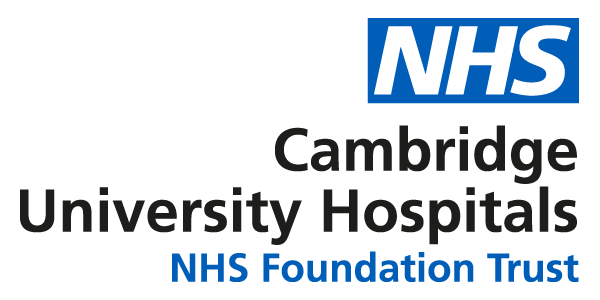How to find out if your baby is getting enough milk.
One of the most commonly asked questions when breastfeeding/chestfeeding your baby is “How do I know my baby is getting enough milk?”
Your baby only has a small stomach and so they will need to feed frequently. Breastmilk is tailor made for your baby and will meet their needs. You cannot over feed a breastfeed/chestfeed baby and so it is important to offer the breast/chest whenever baby shows cues.
Here are some ways you can find out if baby is getting enough milk.
Check their nappy
The contents of your baby’s nappies will change during the first weeks. These changes will help you know if feeding is going well. Speak to your midwife or health visitor if you have any concerns.
Here is a chart you can refer to that will help you to know if baby is getting enough milk.

* Urates are dark pink/red substances that many babies pass is the first couple of days. At this stage they are not a problem, but if they go beyond the first couple of days, you should tell you midwife as this may be a sign that your baby isn’t getting enough milk.
** with new disposable nappies, it can be hard to tell if they are wet. To get an idea if there is enough urine, take a nappy and add 2-4 tablespoons of water. This will give you can idea of what to look/feel for.
Newborn nappy guide: what to expect in the first month
Checking your baby’s wet and dirty nappies can help you know they’re feeding well and getting enough milk.
Breastfeeding/chest feeding assessment
If you feel your baby is not getting enough milk please contact your community team or your Health Visitor.
Global Health Media video - Is Your Baby Getting Enough Milk
Link: https://youtu.be/LX1fl8NtTuw
Check your baby is swallowing milk
When baby comes to the breast/chest they will begin with fast suckling to trigger a let-down of milk and get your milk flowing. Baby should then begin to suckle in a more rhythmic pattern with swallows. They should be suckling and swallowing in a pattern of suck-suck-swallow or suck-swallow.
You should be able to see your baby’s chin drop down and pause for a split second, you may be able to hear when they swallow.
Your baby will have regular pauses during a feed, this is normal.
If your baby continues to suckle fast or having long periods of pausing, this is a sign your baby may not be getting enough milk and you should seek support from your community team or the Heath Visiting Team.
As your baby approaches the end of the feed they may begin to flutter suckle or their chin may appear to wobble.
When baby has finished the feed it is a good idea to offer the other breast/side of the chest, as appropriate.
Lucy Webber IBCLC video - How to recognise when a baby is drinking well
Link: https://youtu.be/zI-O2Sm7p24?feature=shared

